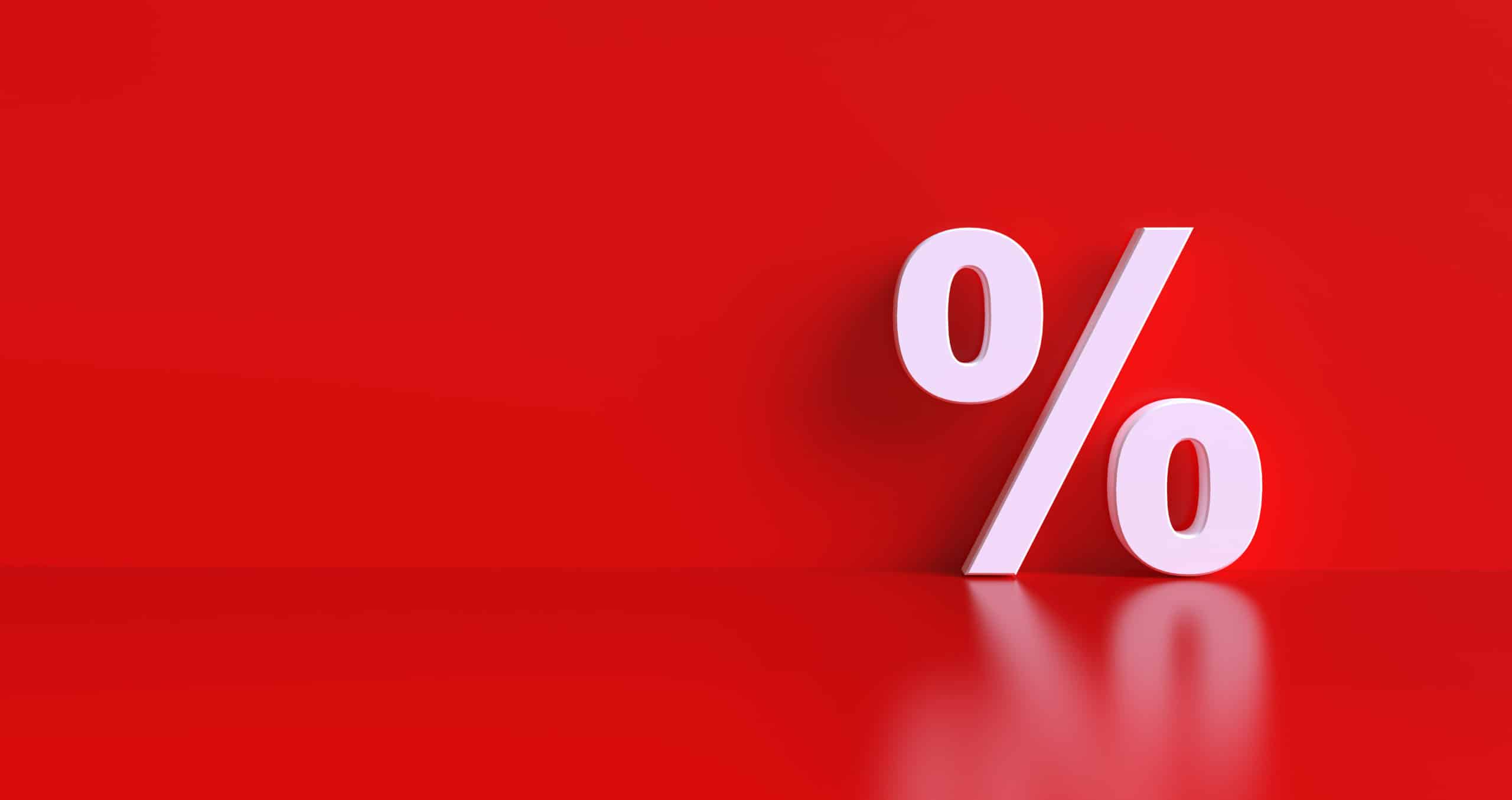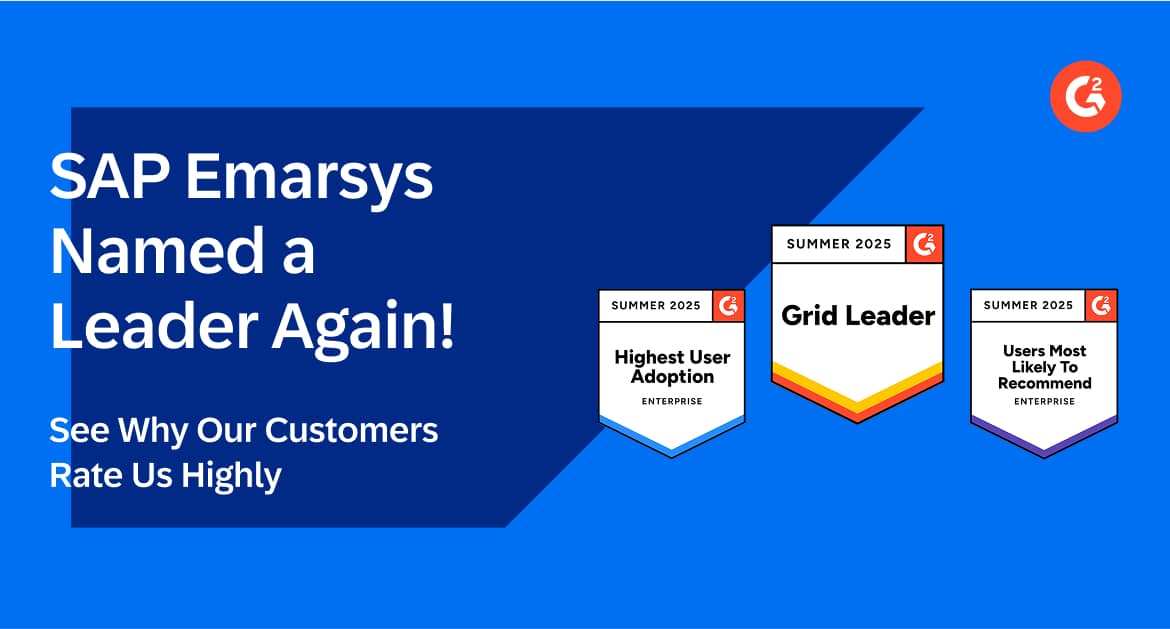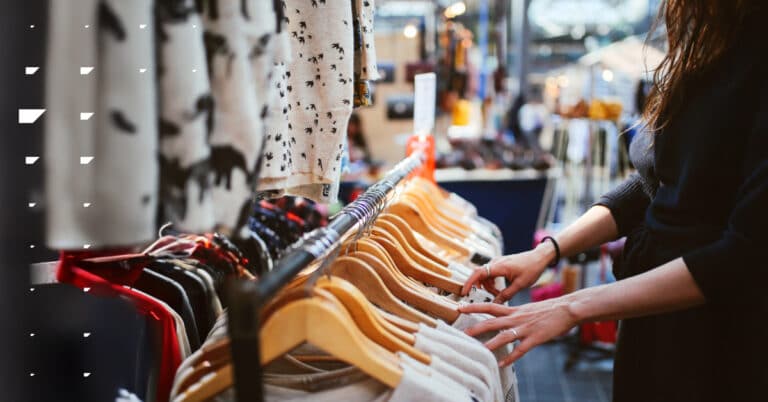You don’t need a crystal ball to foretell a few things about Black Friday and Cyber Week 2020.
#1) It will be unlike any shopping season we’ve seen before. (Walmart Plus launched on September 15th, ahead of the October 13th Amazon Prime Day kickoff.Target is now countering Amazon with its own Deal Days starting the same day).
#2) In-store traffic will be different. (For example, Walmart, Best Buy, and Target will not be open on Thanksgiving Day 2020, and all will be leveraging curbside pickup and delivery.)
#3) Online sales will rise even more than they had pre-pandemic. (Last year, there was around a 20% uplift in online traffic as consumers spent $12 billion.)
What is uncertain is how changes in customer behavior will impact a brand’s incentive strategy. To ensure you don’t cannibalize your margins, a holiday incentive plan needs to carefully determine how much you’ll mark off each product, when you’ll mark it down, if you’ll cut it even deeper after a period of time, and most importantly, will your incentives still drive year-end profits?
What is the Goldilocksian “just right” discount for Black Friday 2020?
Black Friday Has Historically Been a Time to Acquire Customers
Some business owners would say that no matter your discount strategy, deep incentives assault your bottom line — and can force you to sell a lot more volume to make up for the discounts.
But if you’re focused on acquisition, discounts are actually a pretty reliable way to get new customers into your store(s) or on your website. Of course, there’s a substantial cost in acquiring new customers — and they may never purchase from you again — but many brands feel that deep discounts during Cyber Week are the only way to win customers from the competition.
The pandemic has upset most of that conventional wisdom. In a 2019 Deloitte survey, 50% of holiday shoppers said they prefer online shopping over in-store. Expect that number to rise this year. Also, during last Black Friday, in-store traffic was down 6.2% year-over-year; we should expect further declines this year.
However, with the rise of online shopping in the last 20 years and the acceleration of e-commerce in 2020, brands are rethinking the prominence of Black-Friday-through-Christmas discounts. Could they reallocate the acquisition budget and use it to strengthen the bond they have with existing customers?
Existing Customers Are Your Most Loyal Customers
You should know a few things about the customers you already have and what they want this holiday season because retention strategy is becoming more and more valuable than acquisition for three big reasons:
- It costs 5X less to retain existing customers than acquire new ones.
- You have a much higher success rate with existing customers (60%-70%) than with new ones (5%-20%).
- If you can grow sales by 5% with existing customers, you can drive up profit anywhere from 25% to 95%.
The pandemic has driven many more consumers to shop online than ever before, and that gives any brand with a strong online store the opportunity to nurture those repeat customers and those who’ll go on to become loyal customers.
“It’s not just that people are buying online,” Alex Timlin, SVP of Verticals at Emarsys, says, “But what people are buying online has really changed quite dramatically. I think there’s a fantastic quote by the Chief Executive of AO.com (Appliances Online) that basically said, ‘In our own business, we’ve seen 5 years’ worth of digital acceleration in only 5 weeks.’ So it’s not that the things that are changing were really unexpected; it’s just how many people have changed their behaviors about what they’re buying and where they’re buying quite so quickly has been a surprise to a lot of businesses.”
What’s the Cyber Week Discount Sweet Spot This Year?
Brands have many variables to consider when deciding a good discount strategy, from availability of stock and distribution center staff size to whether you’re working a hybrid of “order online/in-store pickup” this year.
Even though things will be different this year, there are still patterns and insights to be gained from historical margins and past Cyber Week performance. A brand can analyze this data and find their discount sweet spot.
Balance Discounts and Margins
The margin is the unit selling price minus the unit costs of sales. The higher the margin, the more valuable the sale is.
What everyone’s most interested in, though, is the percentage margin, the amount of the sale between your unit cost and, for our purposes, the discount you’re considering. Each marked-down item eats into that percentage margin, and the deeper you discount, the more product you have to sell to make up for the incentive.
You need to know how many items you’ve been selling to make sure you’ve got available inventory, and this also helps you figure out how the total of percentage margins will impact your overall holiday profitability.
Learn from Previous Cyber Weeks
During Cyber Week 2017, 48% of the US online apparel retail market was discounted by an average 45% — this was up from 44% of apparel retailers who discounted at an average of 36% in 2016. Luxury brands had deeper discounts, averaging 40%-50% off, 10%-20% more than in 2016.
Overall in 2017, in-store markdowns averaged 20% leading up to Thanksgiving, then discounts rose to 37% by Black Friday. Online Black Friday purchases averaged 35% off.
In 2019, the average discount for Black Friday sales was 37%, and capitalizing on the trend, Best Buy leveraged 30%-50% off discounts and grew Black Friday sales by 25%, something most retailers couldn’t afford to do when margins were already squeezed.
Three Discount Sweet Spots
Six years ago, the most successful Black Friday discounts were between 36% and 40%. These items even sold out faster than items discounted 50% or more.
Over time, though, consumers stopped holding out for those big discounts. By 2017, retailers had three incentive amounts that resulted in the most number of orders:
- 20% off: This is the second-most successful rate. Consumers can easily understand how much money they’ll save, and a brand will spare most of their margins.
- 33% off: Similar to 20% or 25% off, consumers can calculate a third off and see the value. Brands can still make good profit on these items too.
- 50% off: Half off brought in the most orders three years ago. Depending on the product, like anything with no extra cost per unit, a brand can profit well, especially for limited-time sales.
But will 50% off be the big incentive in 2020? With so many retailers hoping to make up for sales declines earlier in the year, can they afford a sweeping half-off incentive? Especially, when you consider that consumers think that 20%, 25%, and 33% off are valuable discounts, but as discounts rise to 50%, many consumers begin to question the real value of the item. Higher than 50% off, the less likely consumers will purchase.
2020 Wins: Expanded Sales + Personalized Customer Experiences
Sales and discounts will continue to drive commerce for the foreseeable future, but it’s getting more risky for retailers to just mark off whatever they have yet to sell. A discount strategy should be an important part of your holiday plan, but a discount alone won’t necessarily impress a new customer to come back for a second purchase.
With the recent acceleration of e-commerce, customer experience is a broader term now, where retailers can mix in-store and online. Leveraging a loyalty program is essential, but there are many things you can focus on to get that one-timer to come back and purchase again, or that two-timer to repeat, or that defecting customer to reactivate.
As we’ve seen with Walmart and Kohl’s in past years, expect retailers to extend online sales before and beyond Cyber Week. We should see a variety of delivery and pickup services too. Among the many retailers who are thinking about discounting pickup services but promising same-day pickup, Macy’s plans to expand their curbside pickup for this Black Friday.
As described by Alex Timlin, consumers demand great customer experiences, and that’s where a retailer can leverage personalization data: “I want the brands I’m buying from to know me and to recognize me and reward me over time. And that’s not just in the form of a traditional loyalty program… If you know what size I’ve bought, what size I kept, and what size I returned, why can’t you be using that to figure out how to put the right product in front of me and make sure I have a really great experience when I buy from you again? There are some great brands that managed to do this, and some brands that have really managed to struggle, but consumers are increasingly frustrated by them having to do the hard work.”
Final Thoughts
With all the changes we’ve seen in 2020, the year-end holidays will be a significant proving ground for retail. Do you have an omnichannel personalization engine to drive your e-commerce site? Are your customers mostly buying online and picking up in-store? Do you have the staff, infrastructure, supply chain, and updated policies to make sure every customer on your site finds what they want and can easily pick up purchases curbside? And will your discounts entice customers without killing your bottom line?
Some retailers can afford to roll out deep discounts. For instance, Apple products sell more on Black Friday than any other time of year because they can lure consumers to the website, sell them an iPad for $250, and entice them to put other items in their cart.
But most retailers are not Apple, and we need to find that “just right” sweet spot that balances customer-centric incentives against profit — and more importantly, customer experience, which can, in many cases, beat 50% off.
Handpicked Related Content:











